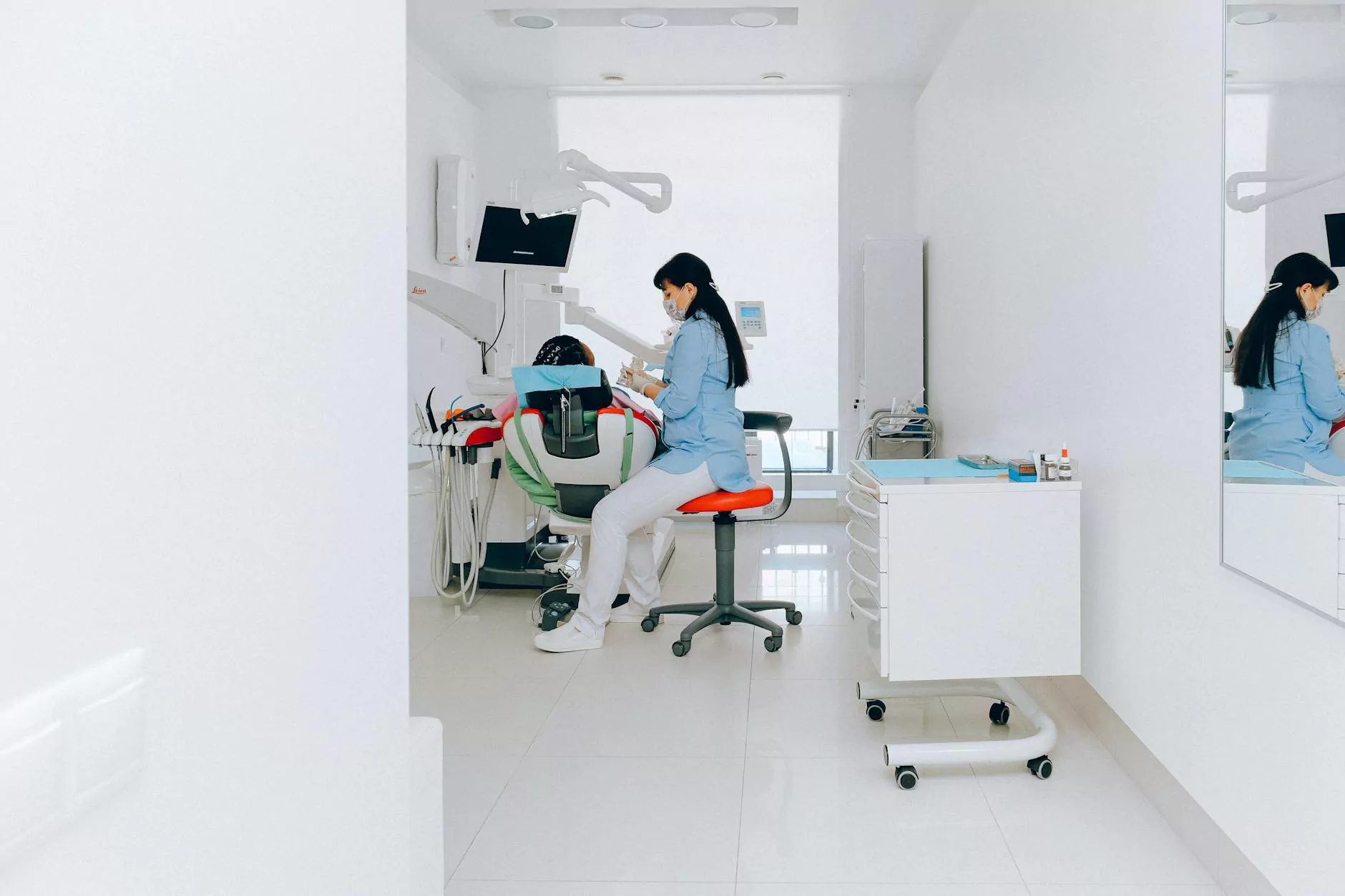Patient Payments: Top 3 Reasons Healthcare Practices Are Turning to Technology
Health
Ageless Wisdom Magazine welcomes you to explore the latest advancements in healthcare practices. In the ever-evolving landscape of the healthcare industry, there is a noticeable shift towards technology-driven solutions, especially when it comes to patient payments. This article will delve into the top 3 reasons why healthcare practices are embracing technology for patient payments, and how it benefits both providers and patients alike.
1. Streamlined and Efficient Payment Processes
One of the primary reasons why healthcare practices are turning to technology for patient payments is the ability to simplify and streamline their payment processes. Traditional methods, such as paper checks or cash payments, are proving to be time-consuming and prone to errors.
With the advent of digital payment solutions, healthcare practices can now offer their patients convenient online payment portals. Patients can easily access and pay their bills from the comfort of their homes, eliminating the need for in-person visits or mailing checks. This streamlined approach not only saves time but also reduces administrative burdens for healthcare providers.
Moreover, technology-driven payment solutions often integrate with electronic health record systems, enabling seamless synchronization of payment information. This integration eliminates the need for manual data entry and reduces the risk of human error. It enables accurate and up-to-date tracking of payments, ensuring transparency and efficiency in financial transactions.
2. Enhanced Patient Experience
In today's fast-paced world, consumers expect convenience and efficiency in every aspect of their lives, including healthcare. By adopting technology-driven patient payment solutions, healthcare practices can enhance the overall patient experience.
Online payment portals provide patients with round-the-clock accessibility to their bills and payment history. Patients can view and manage their outstanding balances, set up payment plans, or even automate recurring payments. This flexibility empowers patients to take control of their healthcare finances and reduces the stress associated with managing medical bills.
Additionally, digital payment solutions offer various payment options such as credit or debit card payments, electronic funds transfer, or even digital wallets. This variety allows patients to choose their preferred method, further enhancing their payment experience.
Furthermore, technology-driven payment systems prioritize security and privacy. Healthcare practices can ensure compliance with industry standards and safeguard patient financial information. The integration of encryption protocols and secure payment gateways provides peace of mind to both patients and healthcare providers.
3. Improved Financial Performance and Revenue Cycle Management
Implementing technology-driven patient payment solutions has a direct impact on the financial performance of healthcare practices. By digitizing payment processes, practices can significantly reduce billing and collection costs associated with traditional methods.
Automated payment reminders, generated through these solutions, can help reduce outstanding balances and improve prompt payment from patients. Reminders via email or text message ensure patients stay informed about their payment obligations and significantly reduce the chances of missed or delayed payments.
Moreover, technology-driven systems offer advanced reporting and analytics capabilities that provide valuable insights into financial performance. Healthcare practices can track key metrics such as collection rates, accounts receivable turnover, and payment trends. These insights enable practices to identify areas of improvement, optimize revenue cycle management, and ultimately boost overall financial health.
In Conclusion
As healthcare practices adapt to the digital age, the utilization of technology for patient payments is becoming a necessary strategy. The streamlining of payment processes, enhanced patient experience, and improved financial performance all contribute to the overall success of healthcare practices. Transforming traditional payment methods with technology-driven solutions ensures that both providers and patients can enjoy the benefits of a more efficient and effective healthcare system.




